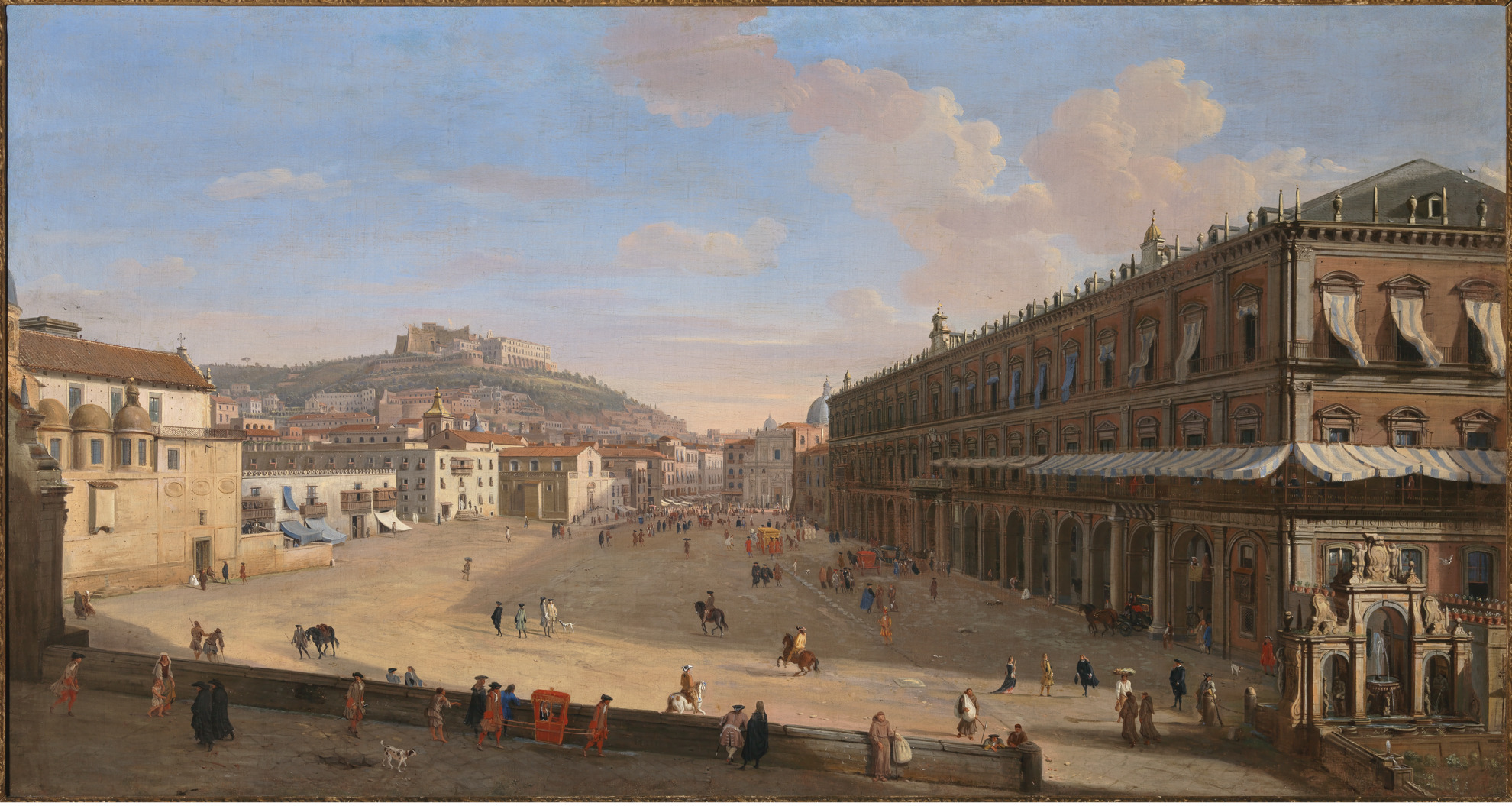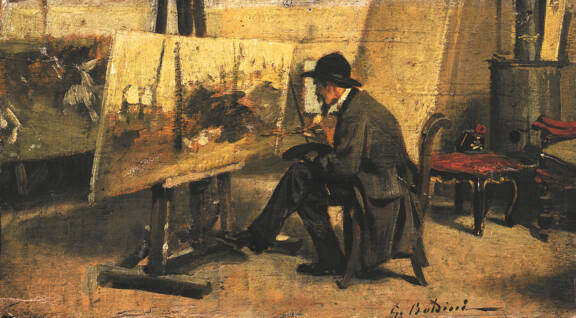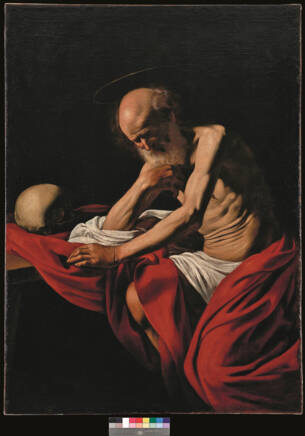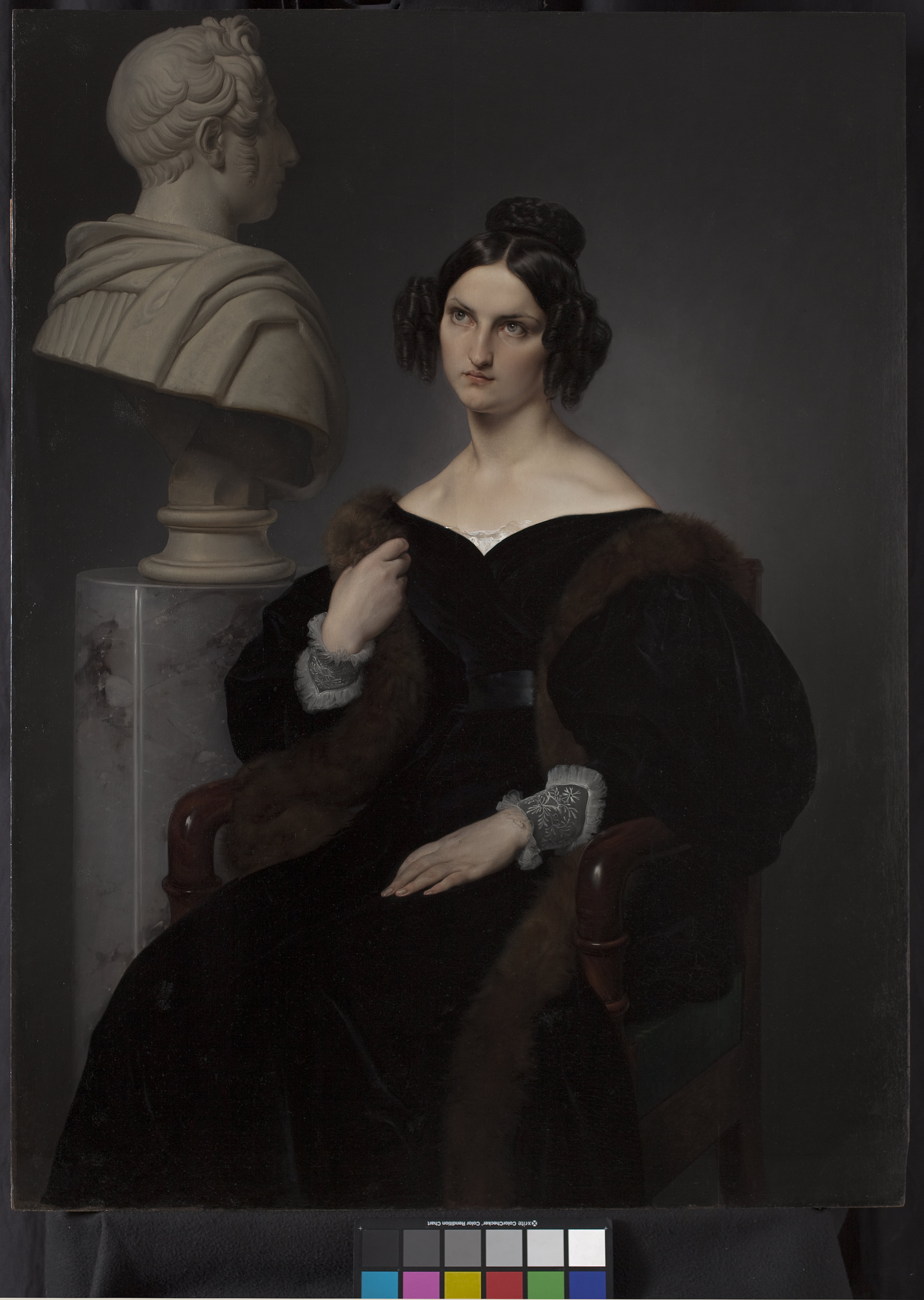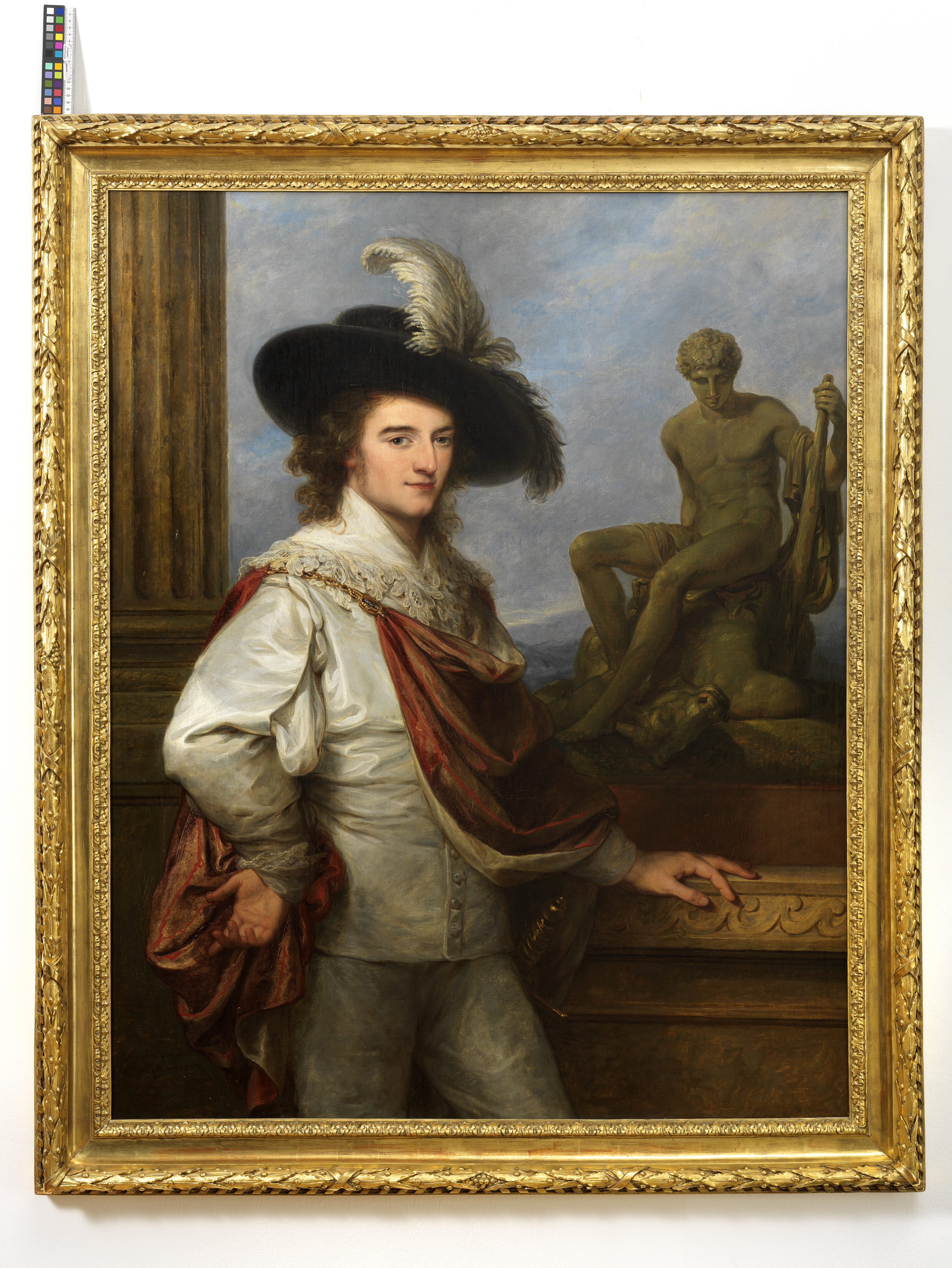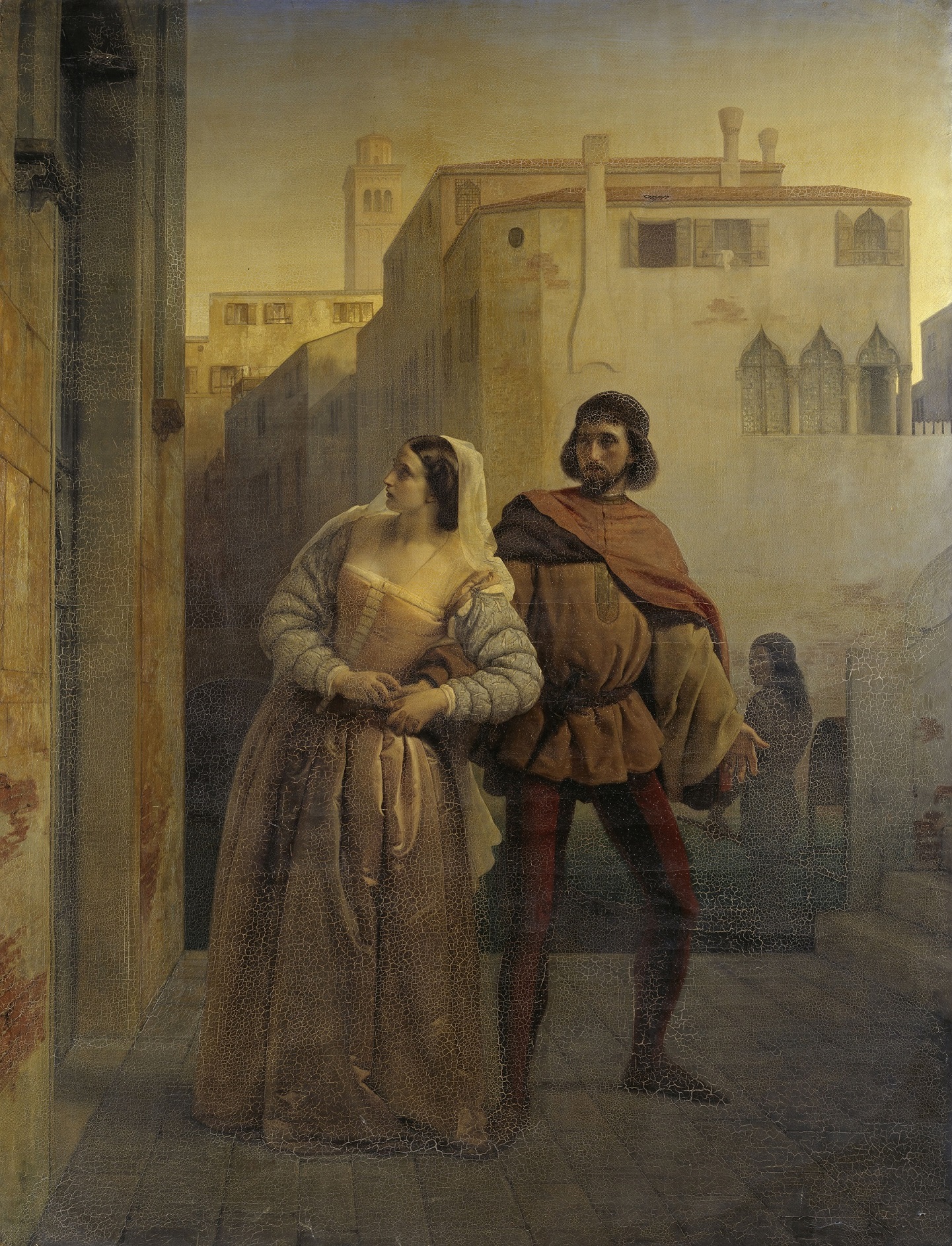Why finance and art go hand in hand
A new exhibition at Intesa Sanpaolo’s Gallerie d’Italia – Milano looks at the way art has been backed by finance across the ages, and how individual bankers have chosen to support artists and art institutions
22/08/2023
Michelangelo was barely 15 when he came face to face with Lorenzo de’ Medici for the first time. The year was 1590 and the meeting took place in the statesman’s lavish gardens near the Convent of San Marco in Florence.
The aspiring artist is said to have been awestruck by the collection of ancient statuary he saw there, while Lorenzo was on the lookout for a bright young sculptor to make new works for him. It was not long before Michelangelo was in the pay of the Medici household (and his father offered a sinecure in the customs office). Thus began one of the most fruitful relationships in history between artist and patron.
The reciprocity between culture and money
It is one of a number of relationships considered in the exhibition From the Medici to the Rothschilds. Patrons, collectors, philanthropists, which has just opened at Gallerie d’Italia – Milano, Intesa Sanpaolo’s museum in Milan.
Featuring 120 works – by figures ranging from Michelangelo and Verrocchio in the Renaissance to Giorgio Morandi in the 20th century – the show looks at the way art across the ages has been backed by finance. Or, more specifically, the way individual bankers have chosen to support artists and art institutions.
Lorenzo de’ Medici, of course, was from a famous banking dynasty, and he’s one of 11 financiers given their dues at Gallerie d’Italia – Milano. Others include Giovanni Raimondo Torlonia, a banker to the Vatican who commissioned Antonio Canova’s great sculpture from 1812, Per un de' piedi il furibondo Alcide afferra e scaglia Lica, and JP Morgan, the American financier of the Gilded Age, who is said to have spent more than $60 million on his art collection (the equivalent of a billion dollars today).
"Without the support of bankers, myriad works of art would never have seen the light. The thesis of this show is that, coinciding with a period of history over the past 500 years in which democratic values have been affirmed, a reciprocity between culture and money has occurred."
Giovanni Bazoli, President Emeritus of Intesa Sanpaolo
Where artists have benefited from bankers’ help in the simple sense of having money to work, live and thrive, what bankers have gained from the arrangement is more complex.
In some cases – such as that of Lorenzo de’ Medici, whose section of the show includes Michelangelo’s marble relief Madonna of the Stairs – art was used as a means of declaring a banker’s power and status. That is, as the French sociologist Pierre Bourdieu would have put it, a means of transforming economic capital into cultural and social capital.
Refinement of collectors
In other cases, such as that of Raffaele Mattioli, the aim was more selfless. A senior figure for almost 50 years at Banca Commerciale Italiana (COMIT), Mattioli is perhaps best remembered today for assisting the bank’s Jewish workers in the wake of Mussolini’s notorious Racial Laws of 1938.
However, he also acted as an important patron and collector of art. After the Second World War, he helped purchase Michelangelo’s Pietà Rondanini (not part of the exhibition) for the city of Milan, thus preventing its expatriation to the US.
He also started and directed COMIT’s art collection, commissioning works from mid-20th-century Italian talents such as Renato Guttuso, Giacomo Manzù and Giorgio Morandi. Intesa Sanpaolo, incidentally, is the present-day bank into which, after a handful of mergers, COMIT has evolved. Mattioli’s acquisitions make up a chunk of its art collection, which currently stands at 35,000 works.
As well as Intesa Sanpaolo’s own holdings, the exhibits in Patrons, Collectors, Philanthropists come courtesy of a host of lenders, including the Musée du Louvre in Paris, the National Gallery in London and the Albertina Museum in Vienna. Some works are owned by heirs of the bankers who purchased them, while many others have ended up in private and public collections worldwide.
"What emerges is a sense of the refinedness of each collector.
We try to explore their tastes and tell the personal story behind the collections they built up.
Intesa Sanpaolo operates in a way that matches much of what we explore in the exhibition.
Art and finance have long gone hand in hand here. "
Fernando Mazzocca, co-curator of From the Medici to the Rothschilds. Patrons, collectors, philanthropists
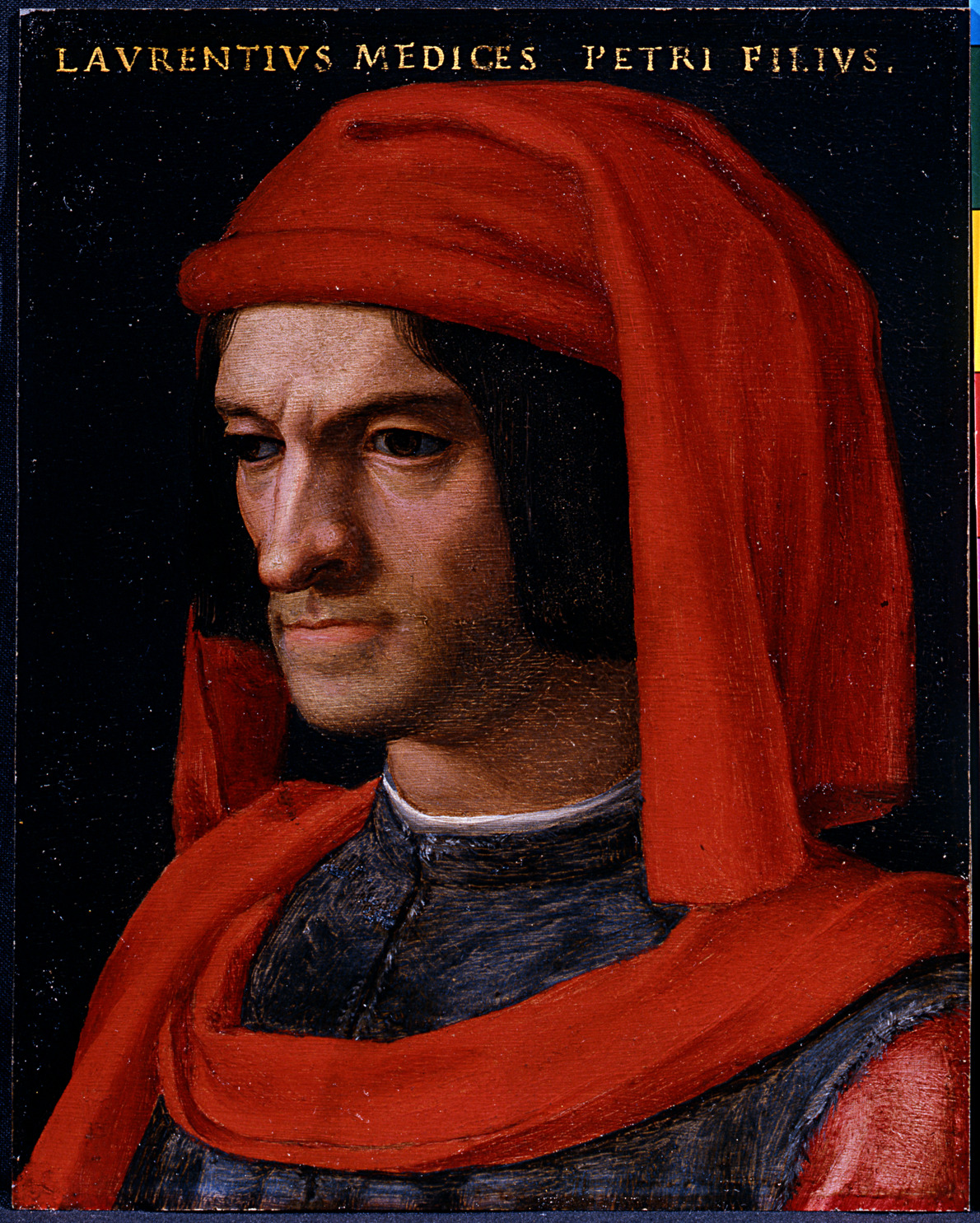
Agnolo di Cosimo detto il Bronzino e bottega
(Firenze 1503-1572)
Ritratto di Lorenzo il Magnifico, 1552-1553 circa
Olio su stagno, 16 x 12,5 cm
Iscrizioni: in alto “Laurentius Medices Petri Filius”
Firenze, Gallerie degli Uffizi, Galleria delle Statue e delle Pitture
Gabinetto fotografico delle Gallerie degli Uffizi, Firenze. Su concessione del Ministero della Cultura
Personal stories
Among the more interesting personal stories is that of Joachim Heinrich Wilhelm Wagener, a 19th-century banker who, having put together a 262-work collection of contemporary art, bequeathed it to the Prussian state in 1861. Today it forms the core holdings of the Alte Nationalgalerie in Berlin. Wagener was a fan of the romanticist artists, and his section of Patrons, Collectors, Philanthropists duly features canvases such as The Flight of Bianca Cappello from Venice by the Romantic painter Francesco Hayez.
A final point worth making is the aptness of the venue for this show. Gallerie d’Italia – Milano is one of four art museums run across Italy by Intesa Sanpaolo. The exhibition is part of the bank’s Progetto Cultura, a long-term initiative aimed at improving society through cultural enrichment alongside economic enrichment.
Vepra nga Ekspozita
Vepra nga Ekspozita
1. View of Naples with Largo di Palazzo
2. Portrait of Fattori in his studio
3. Saint Jerome Penitent
4. Portrait of LuigiaVitali Myliu
5. Portrait of Count Josef Johann von Fries with Theseus conquering the Minotaur by Canova
6. Bianca Capello's escape from Venice


